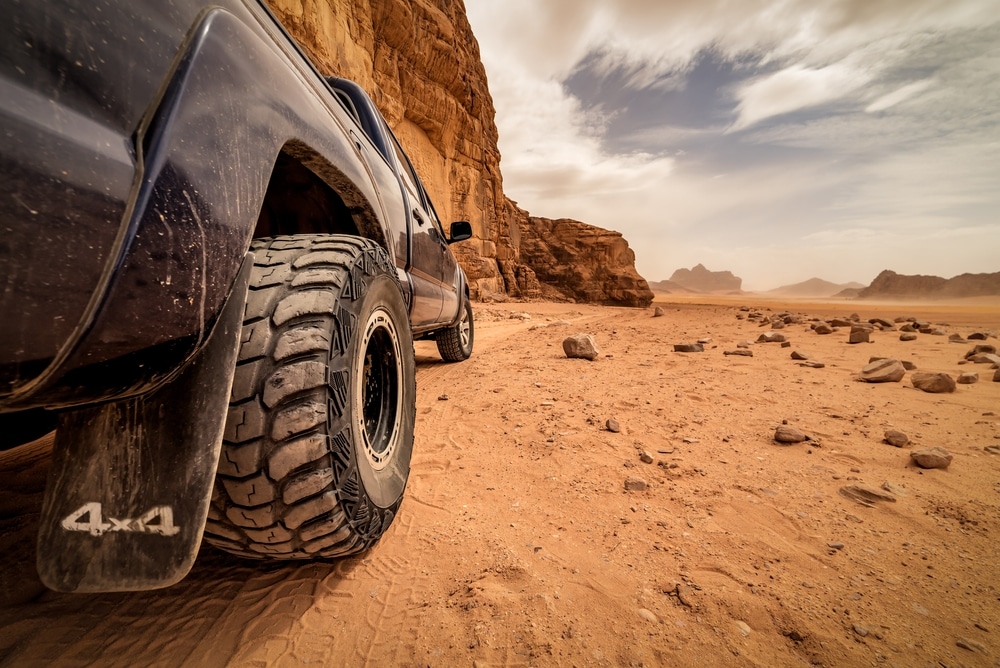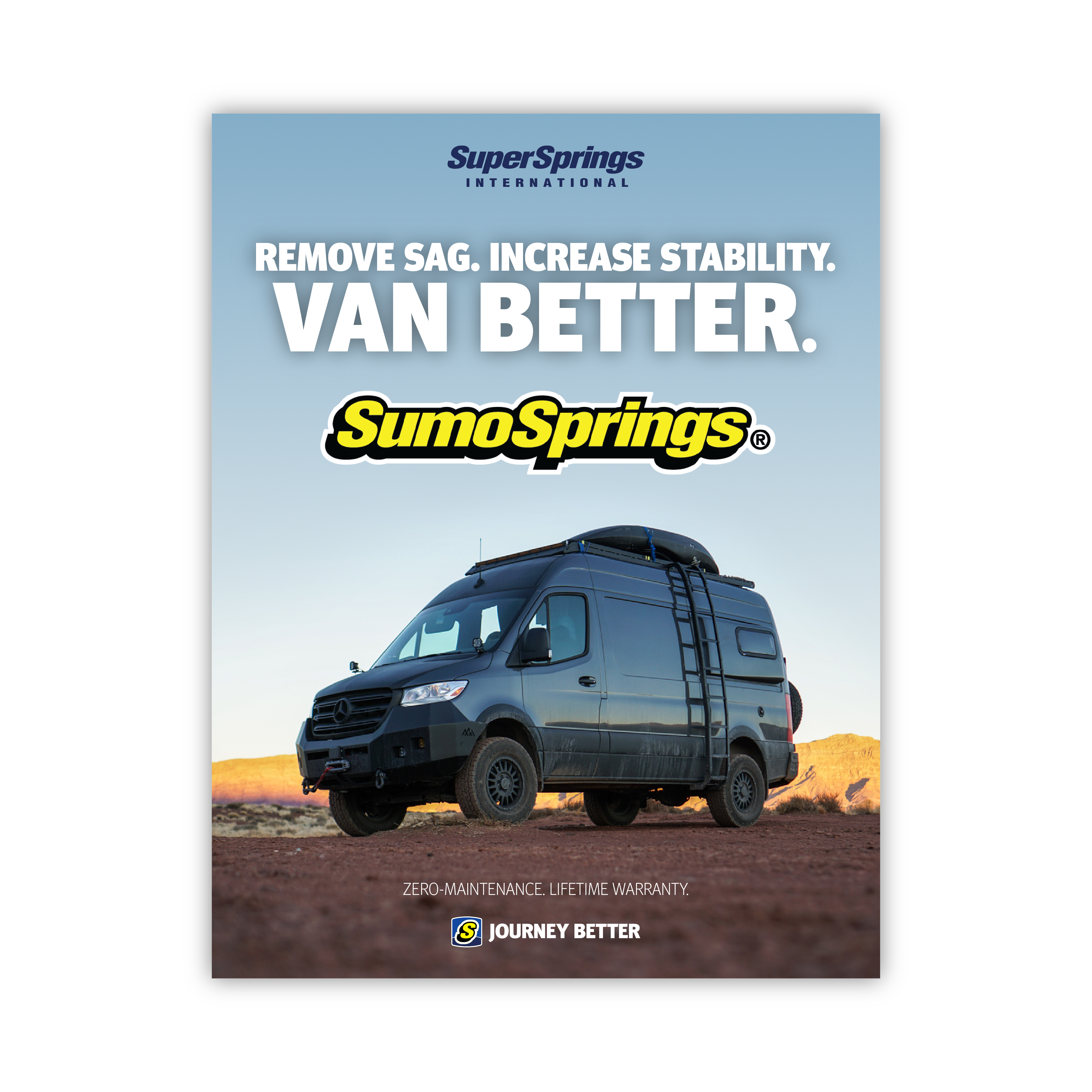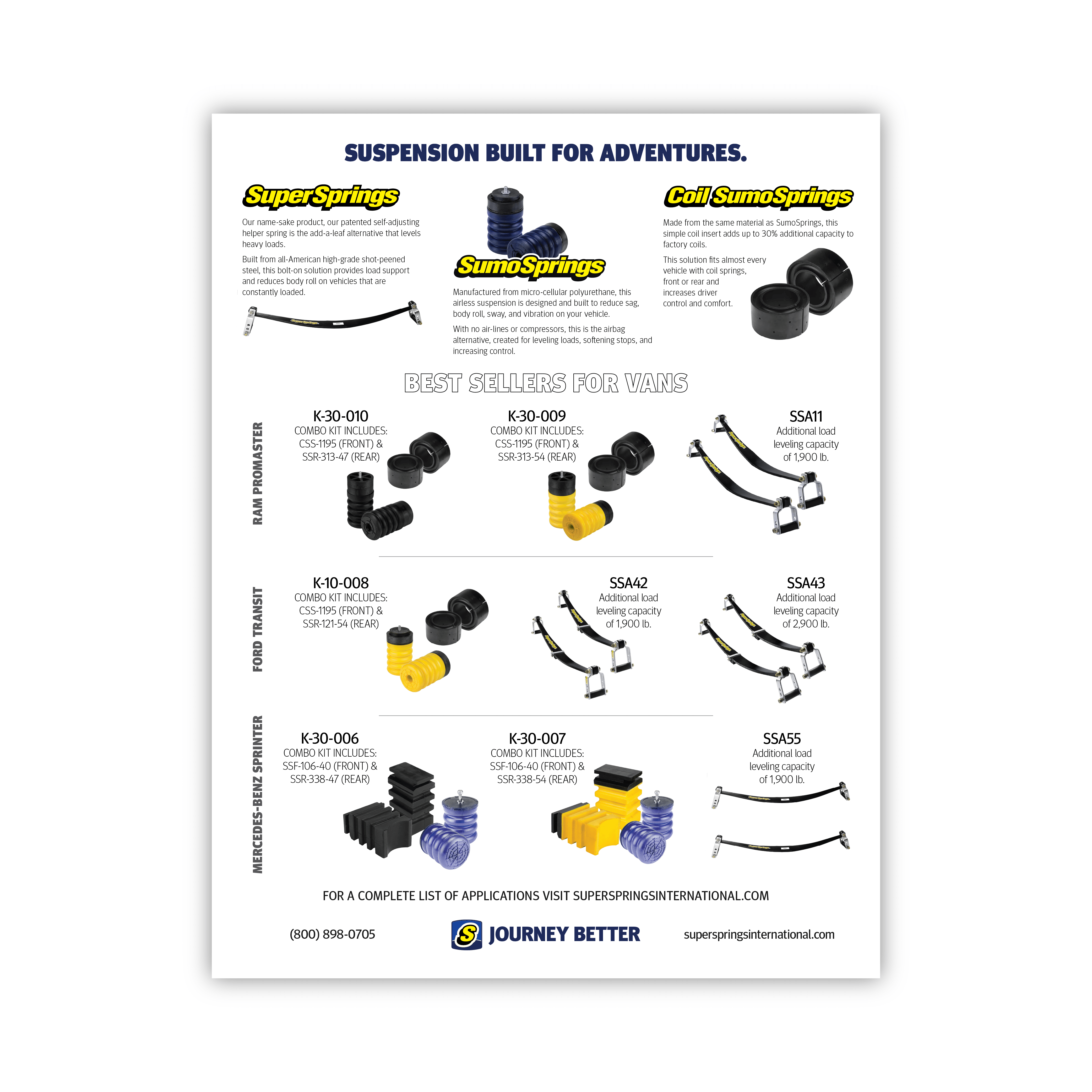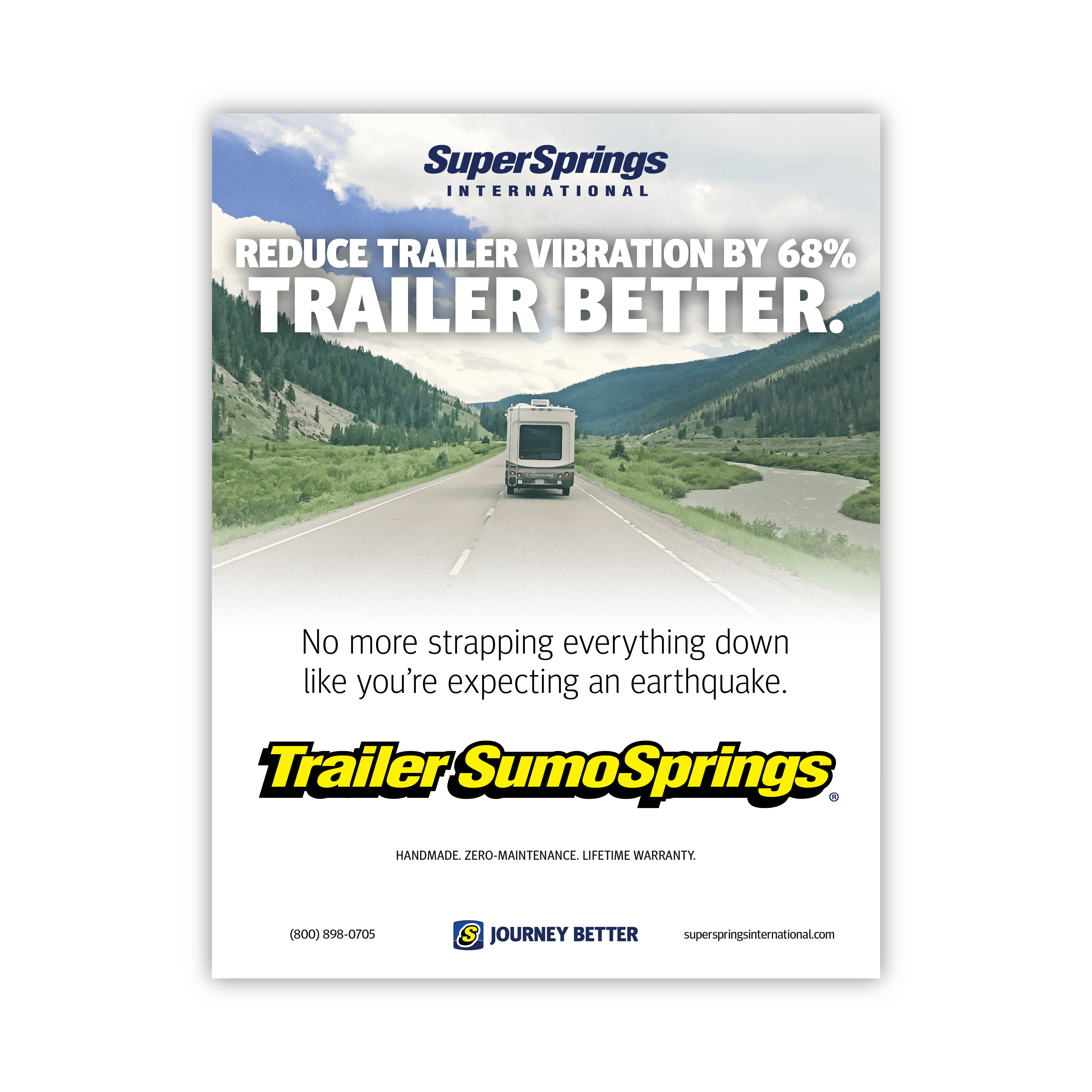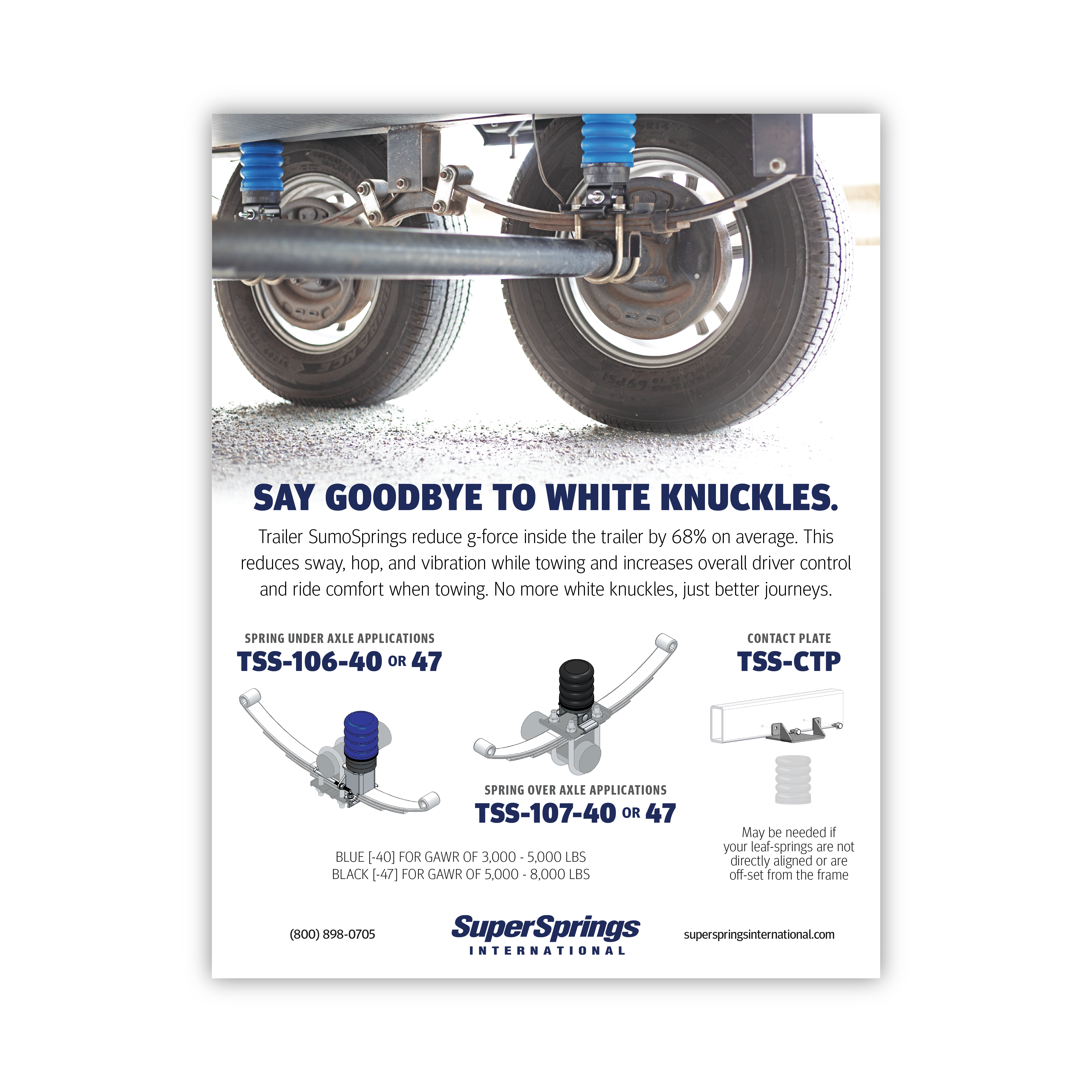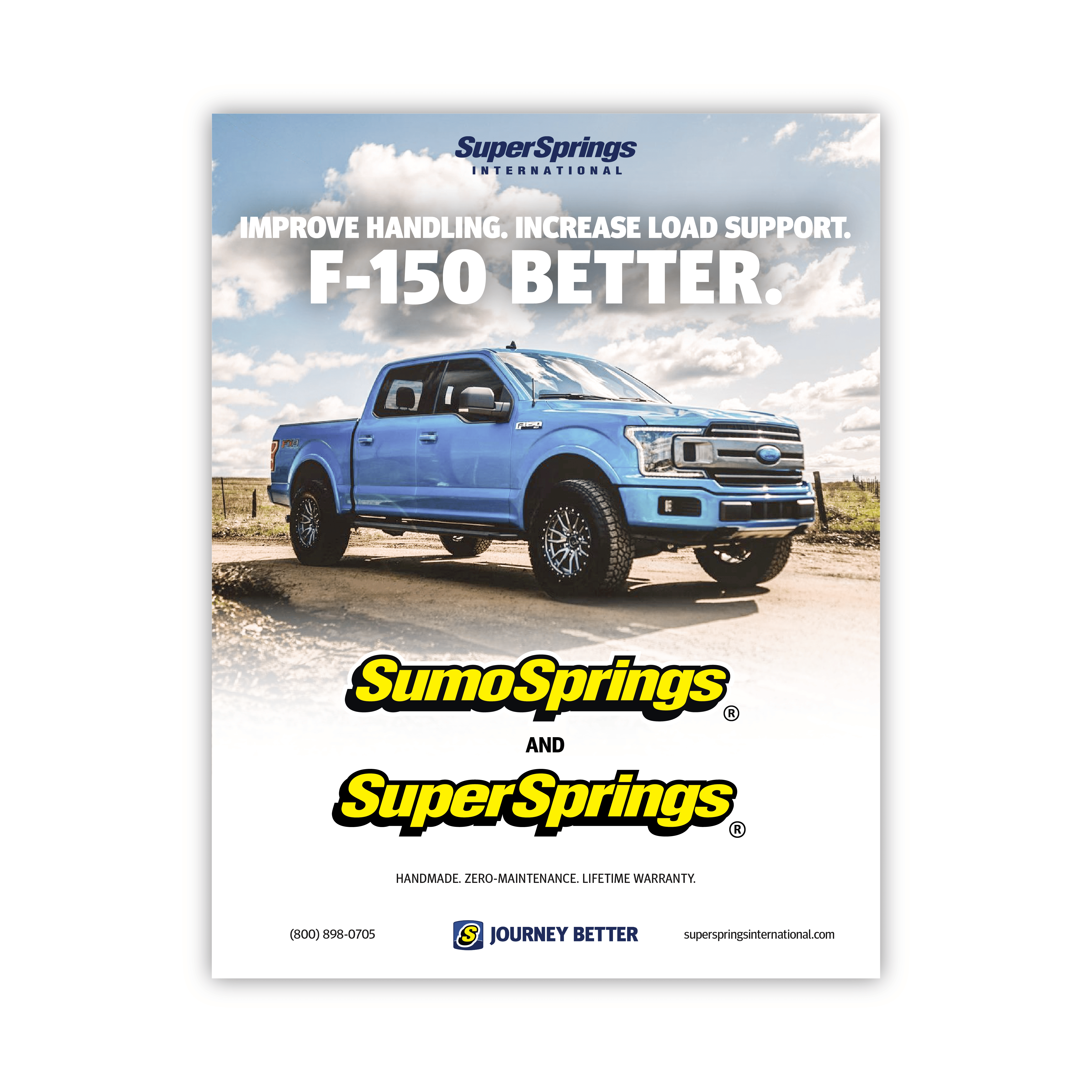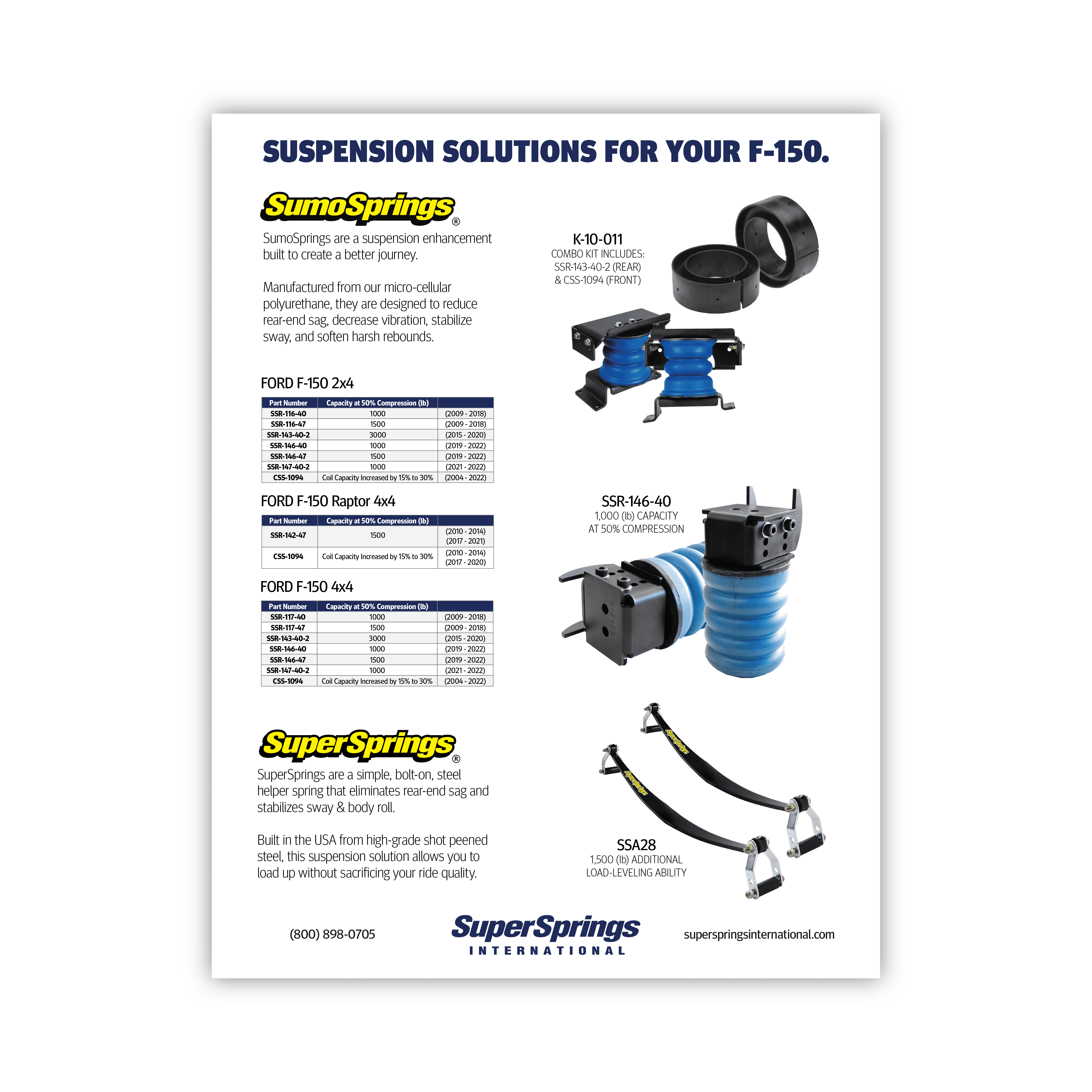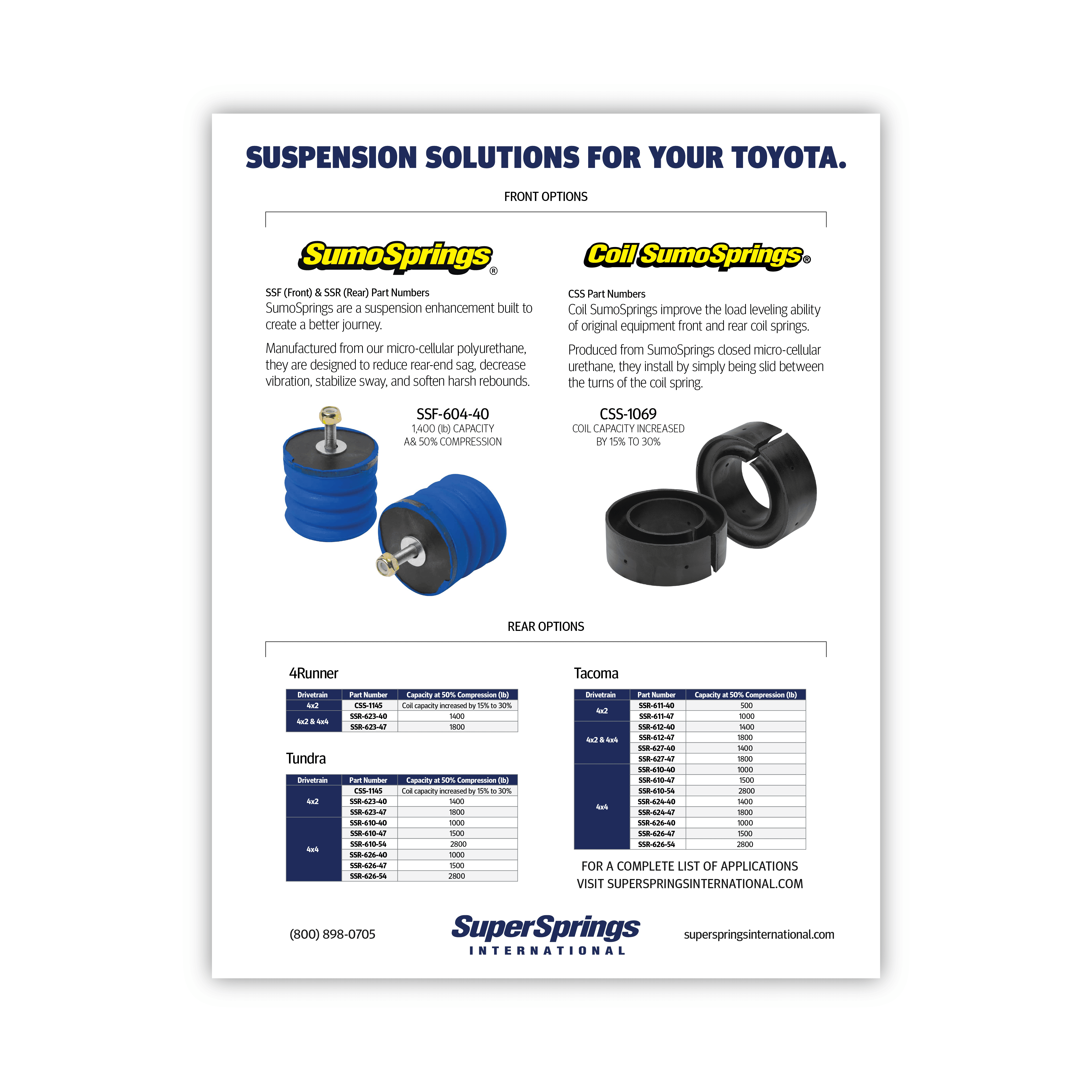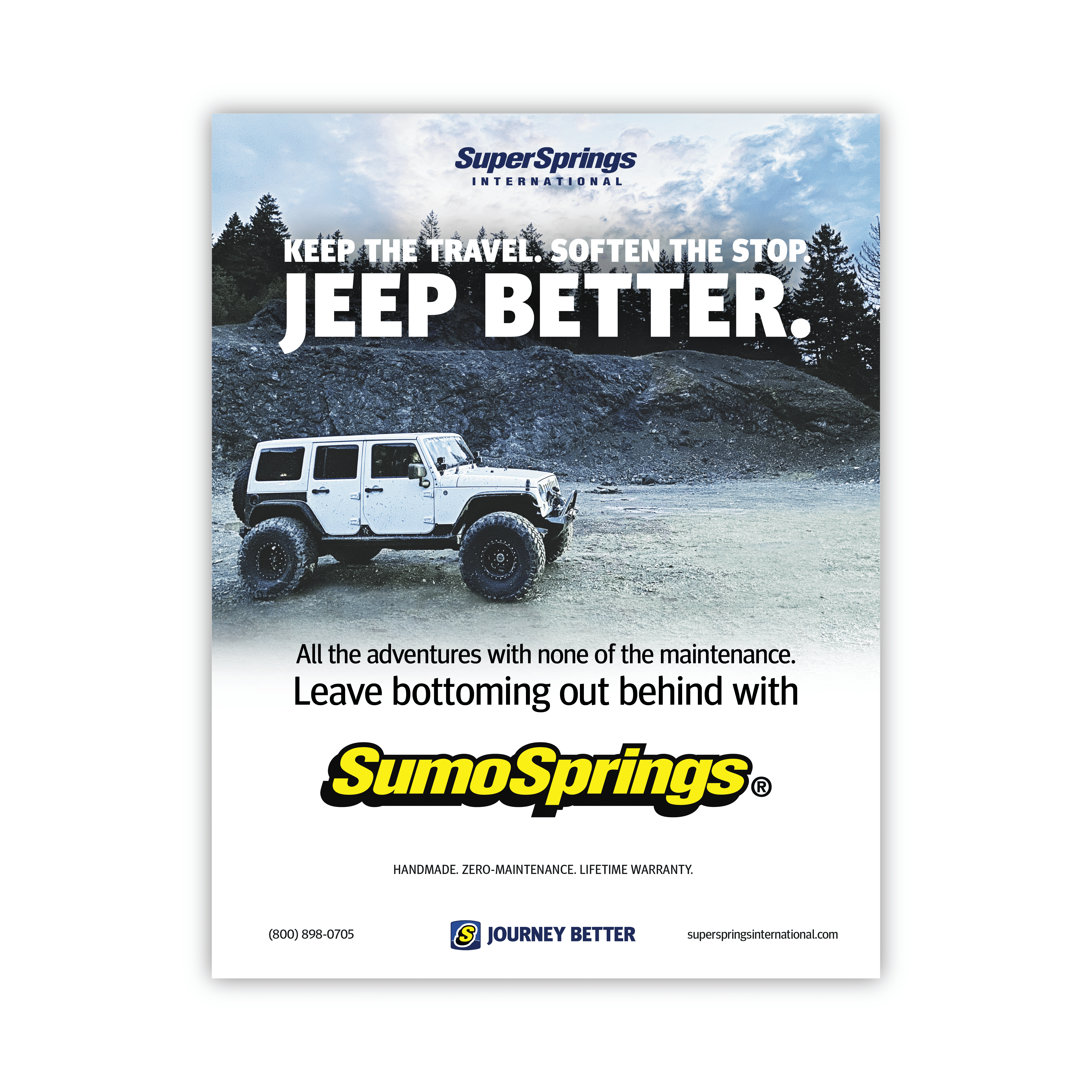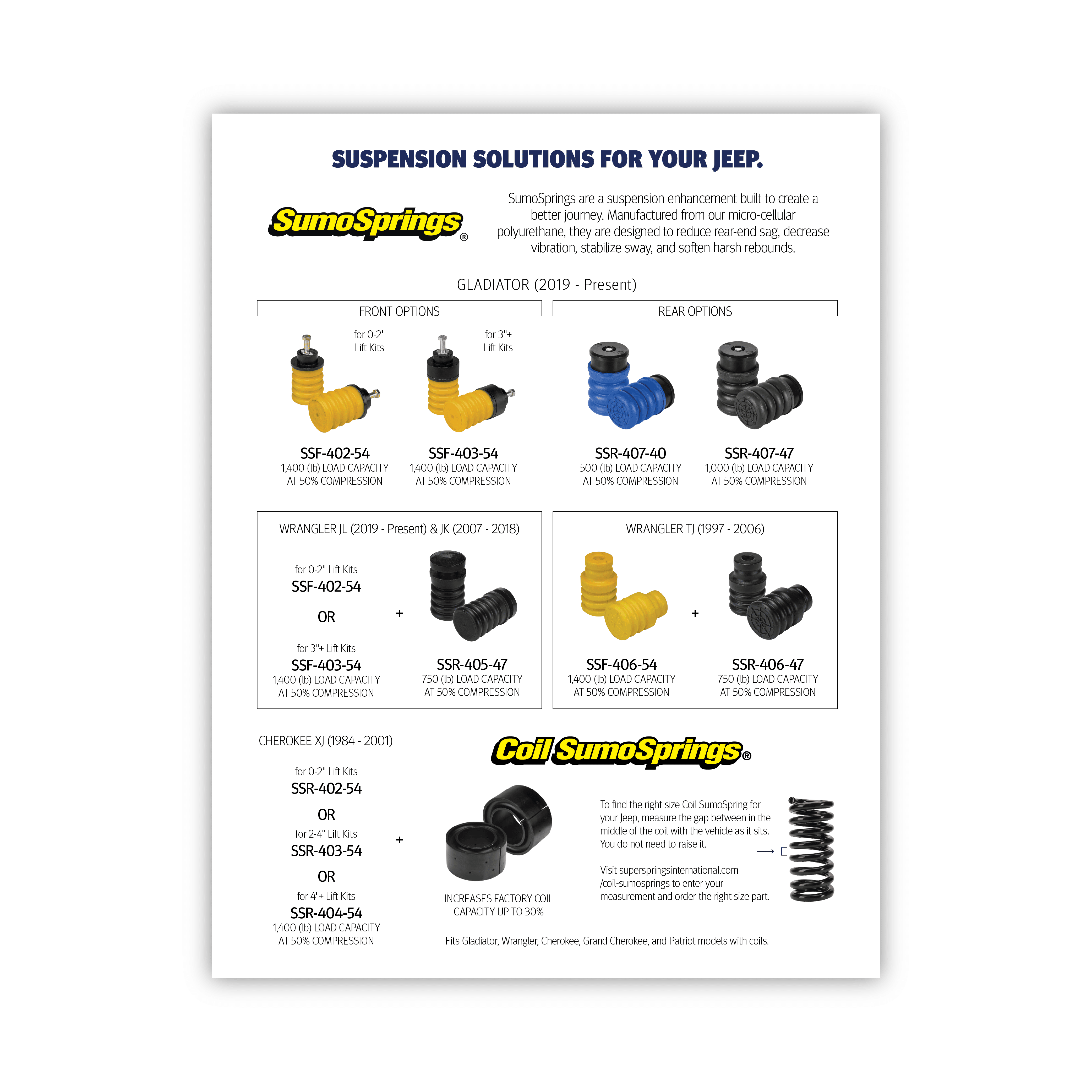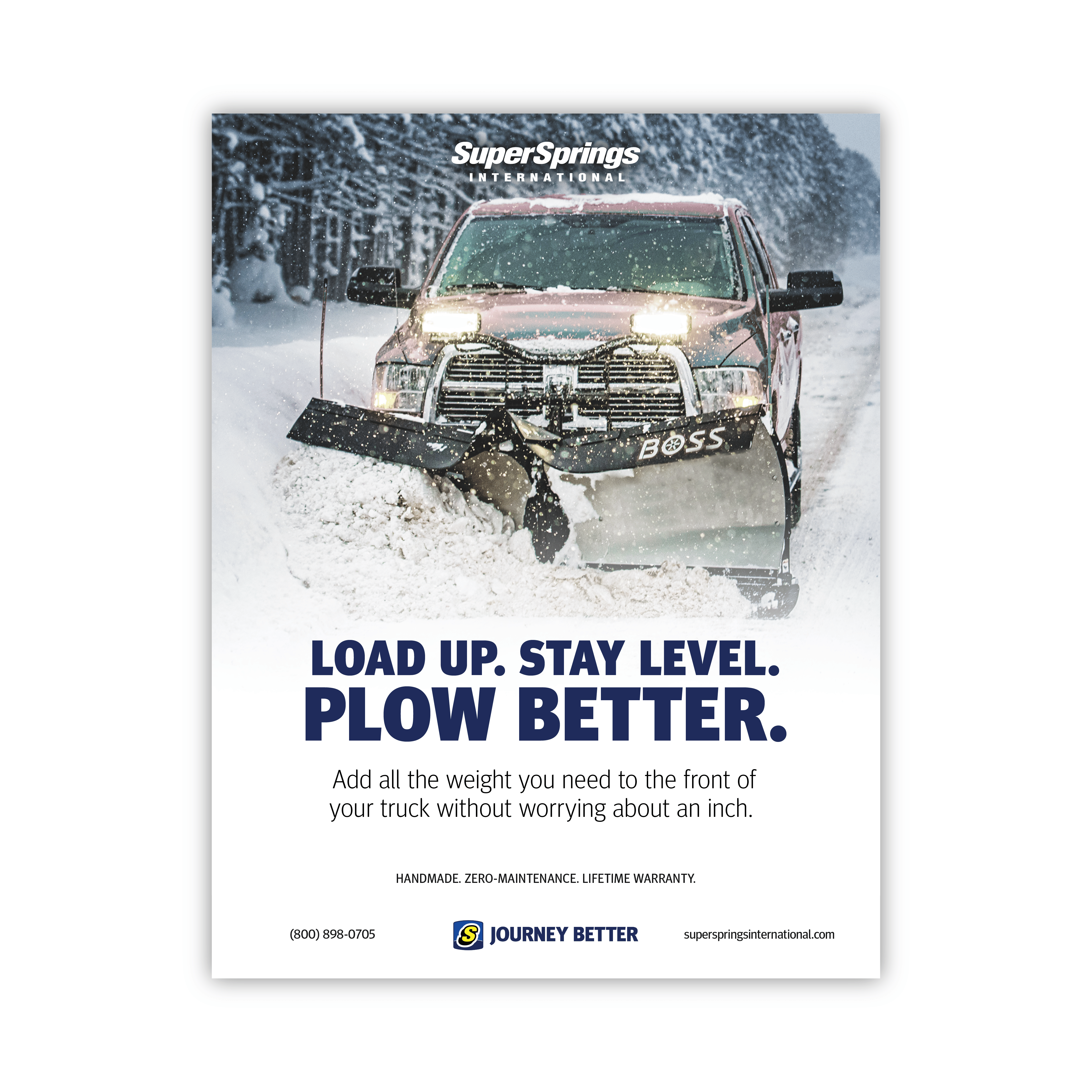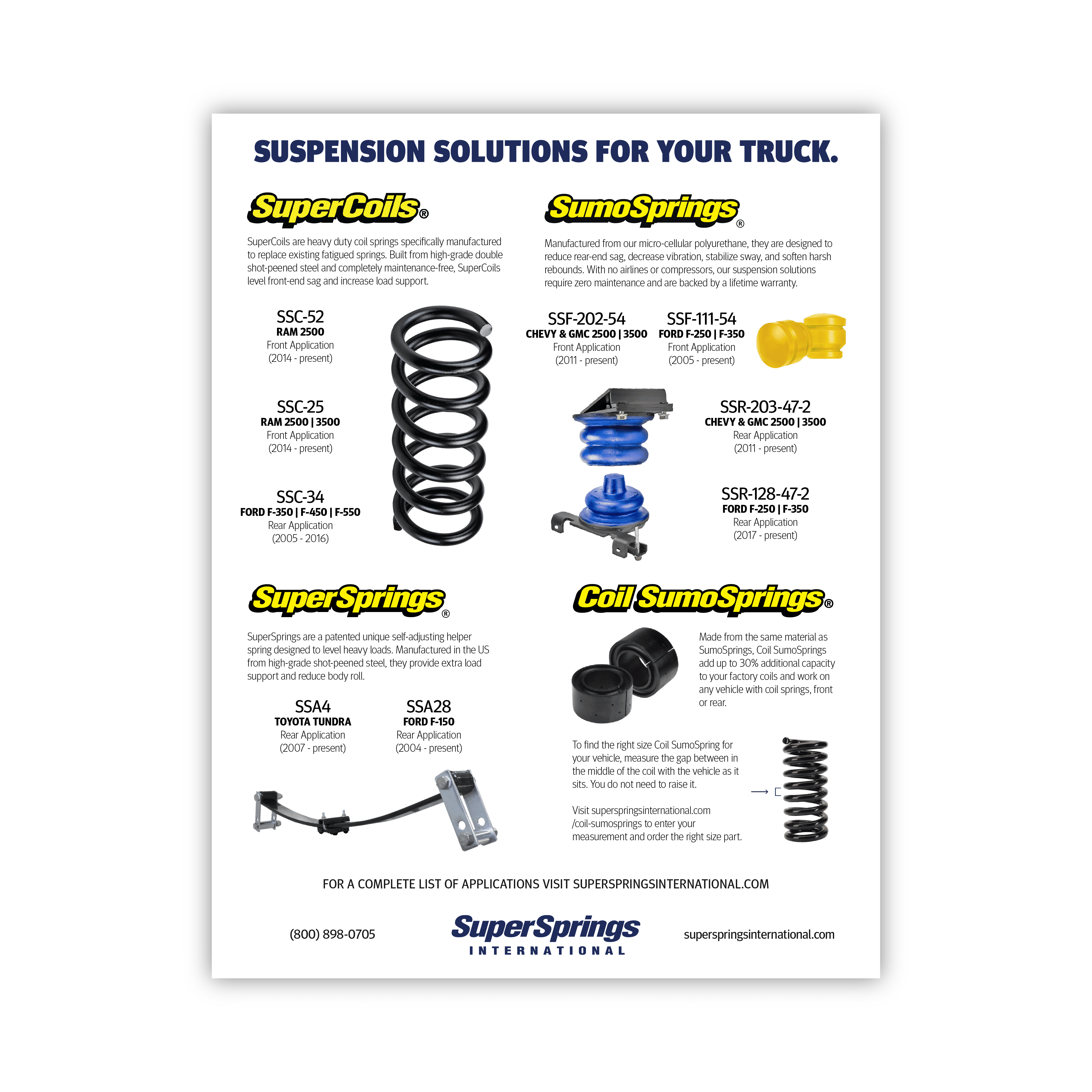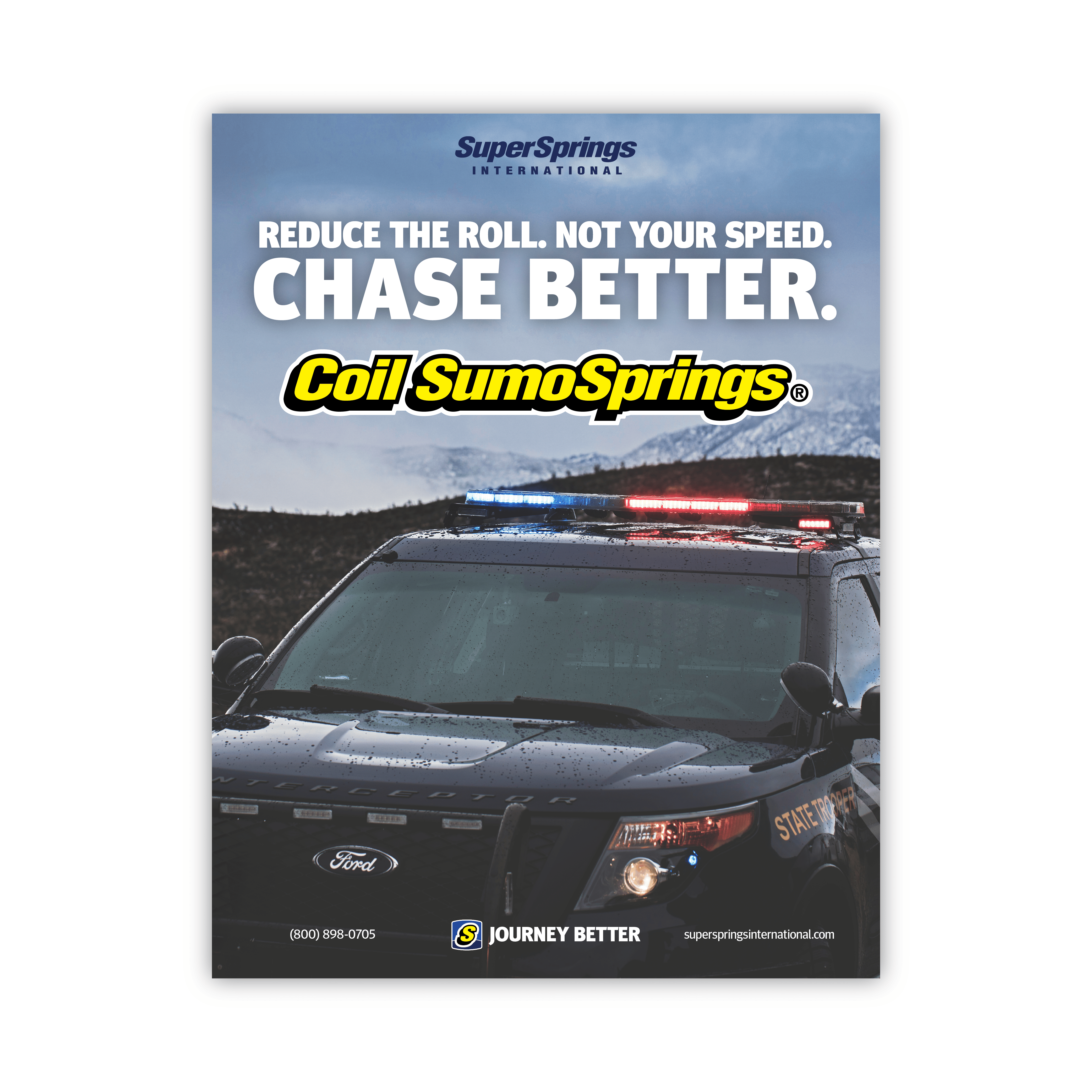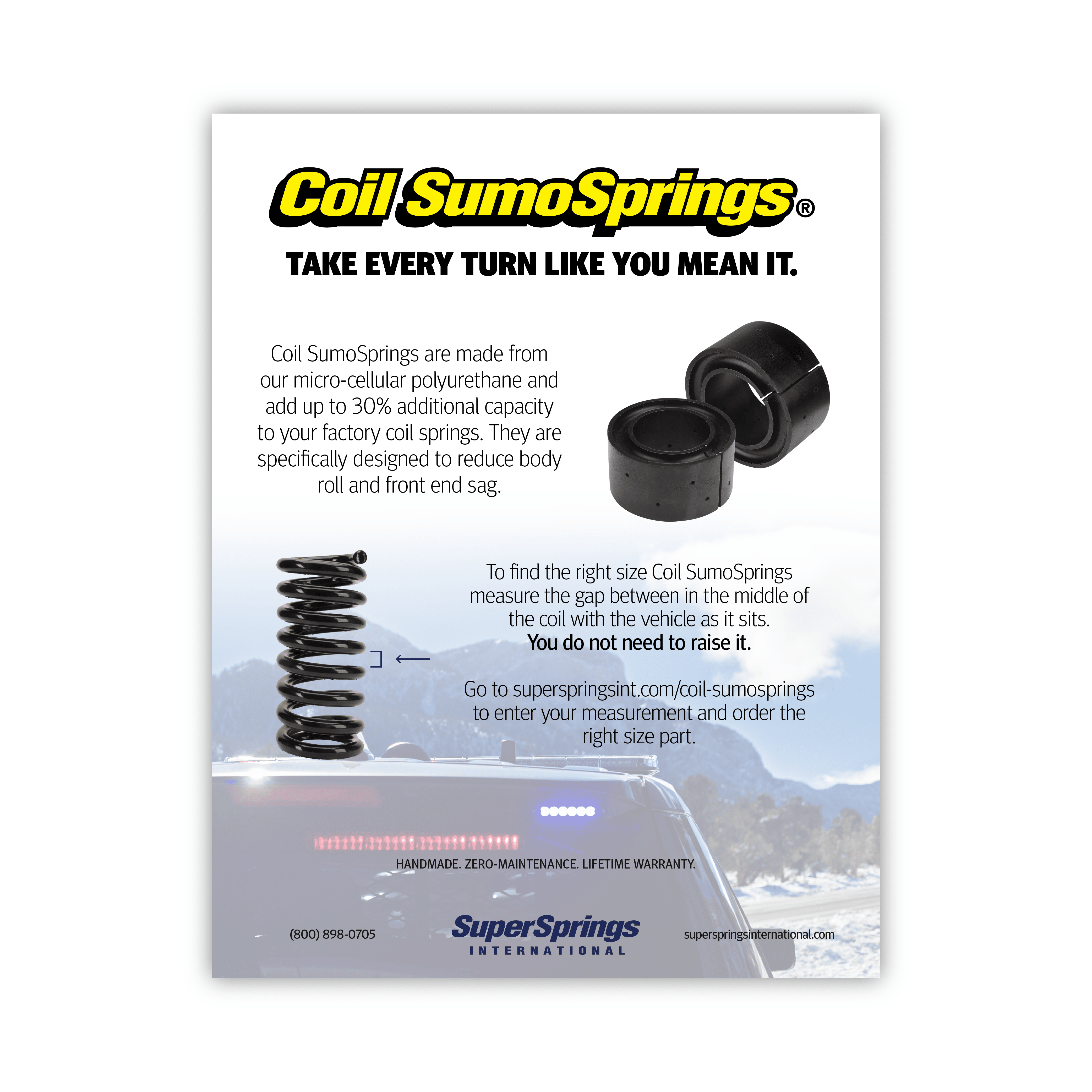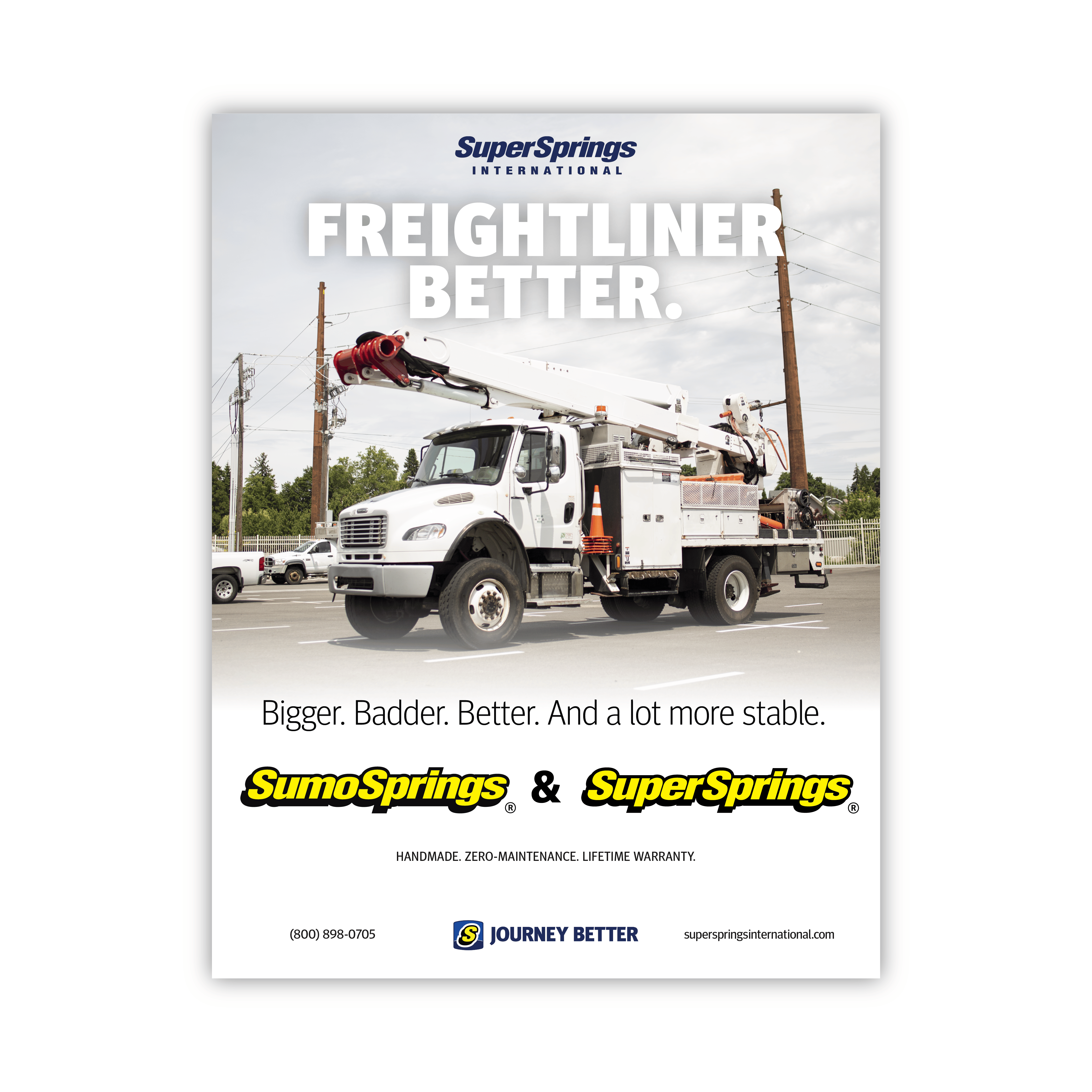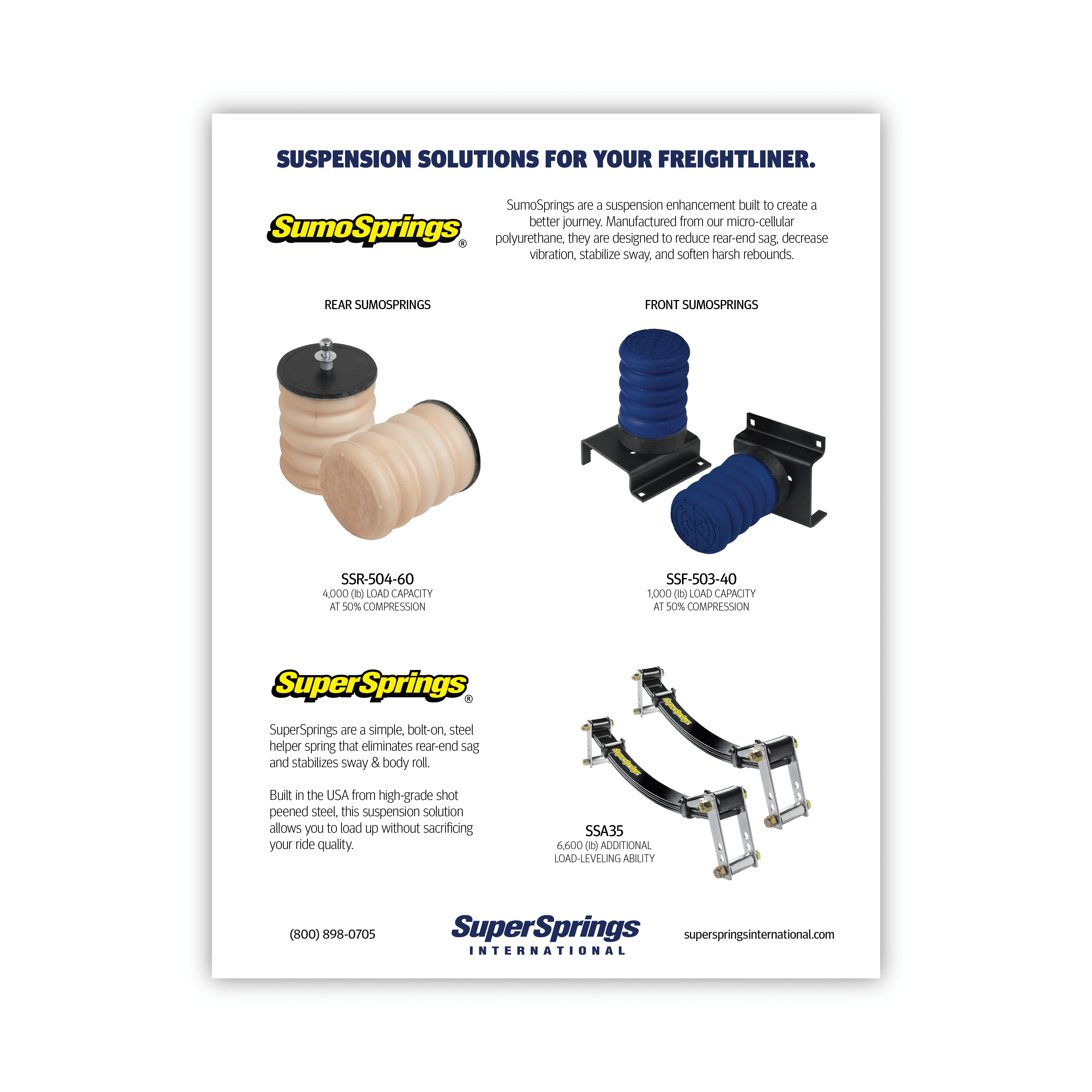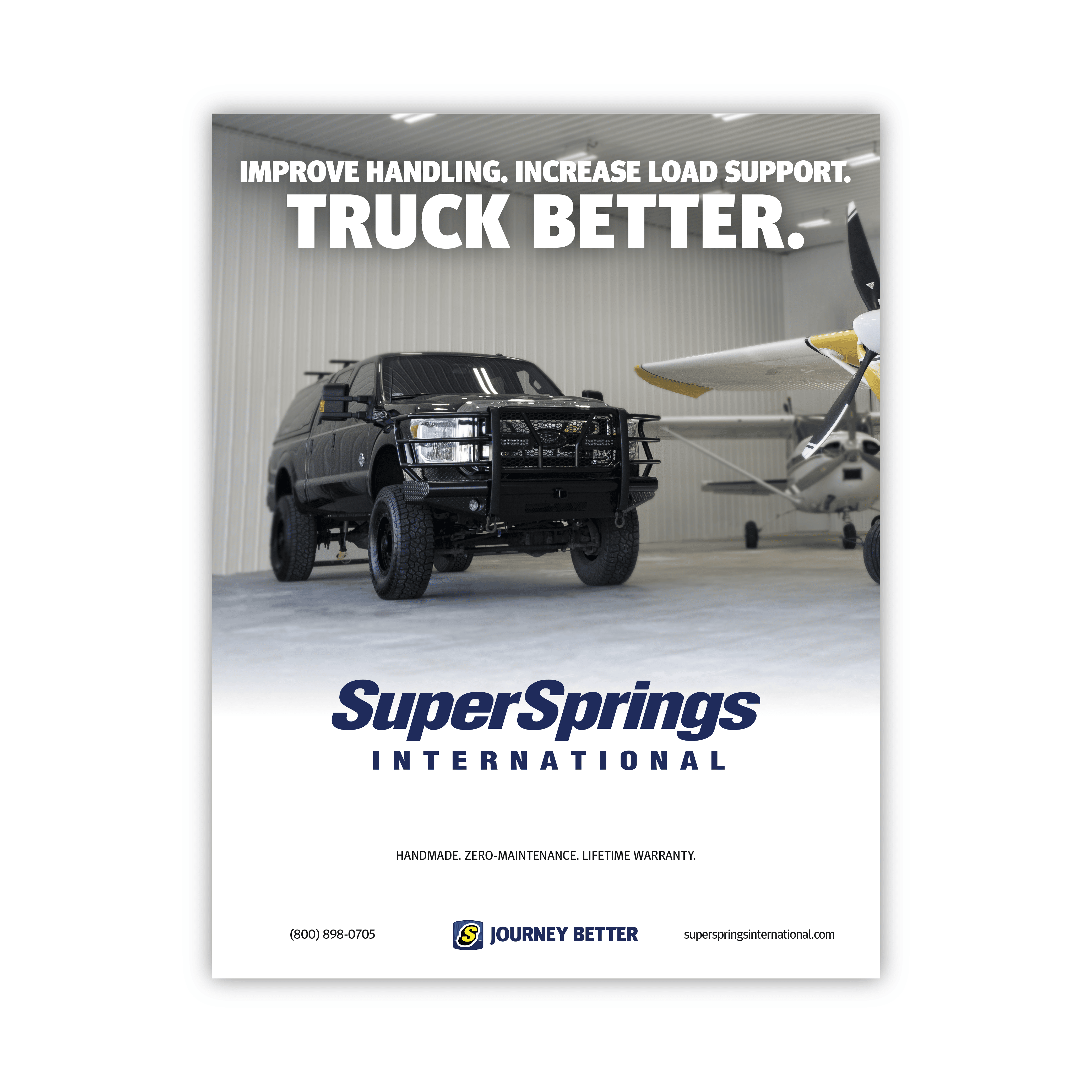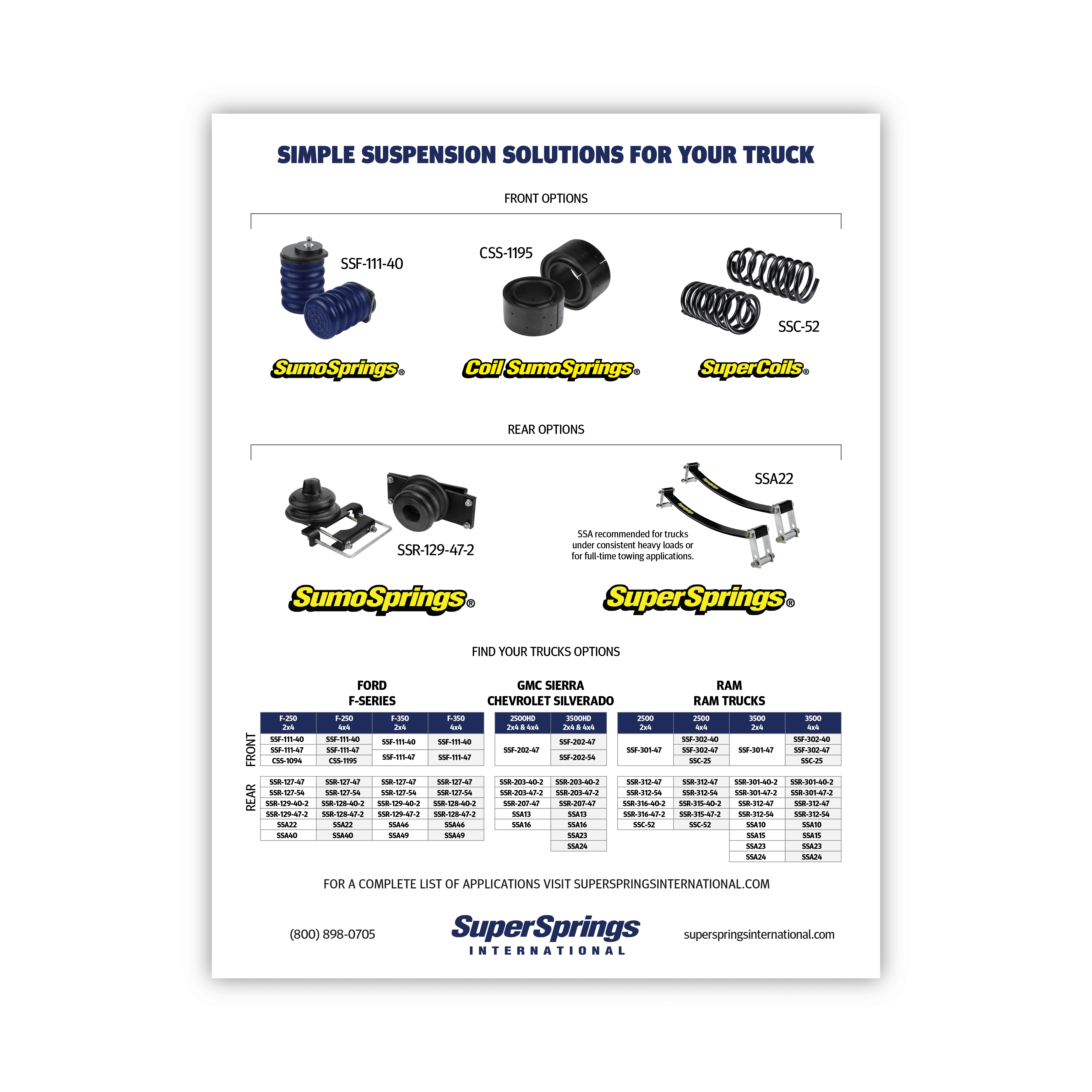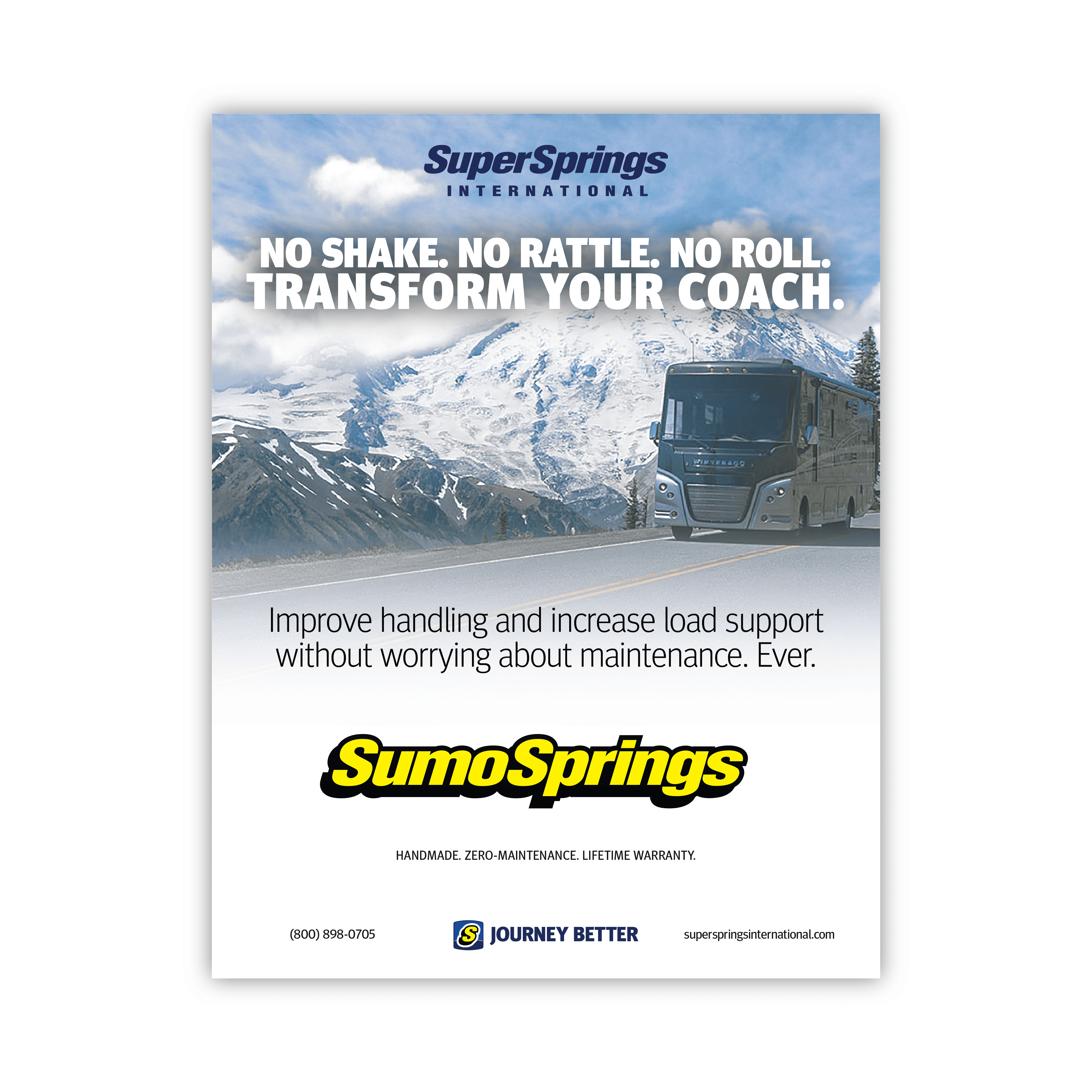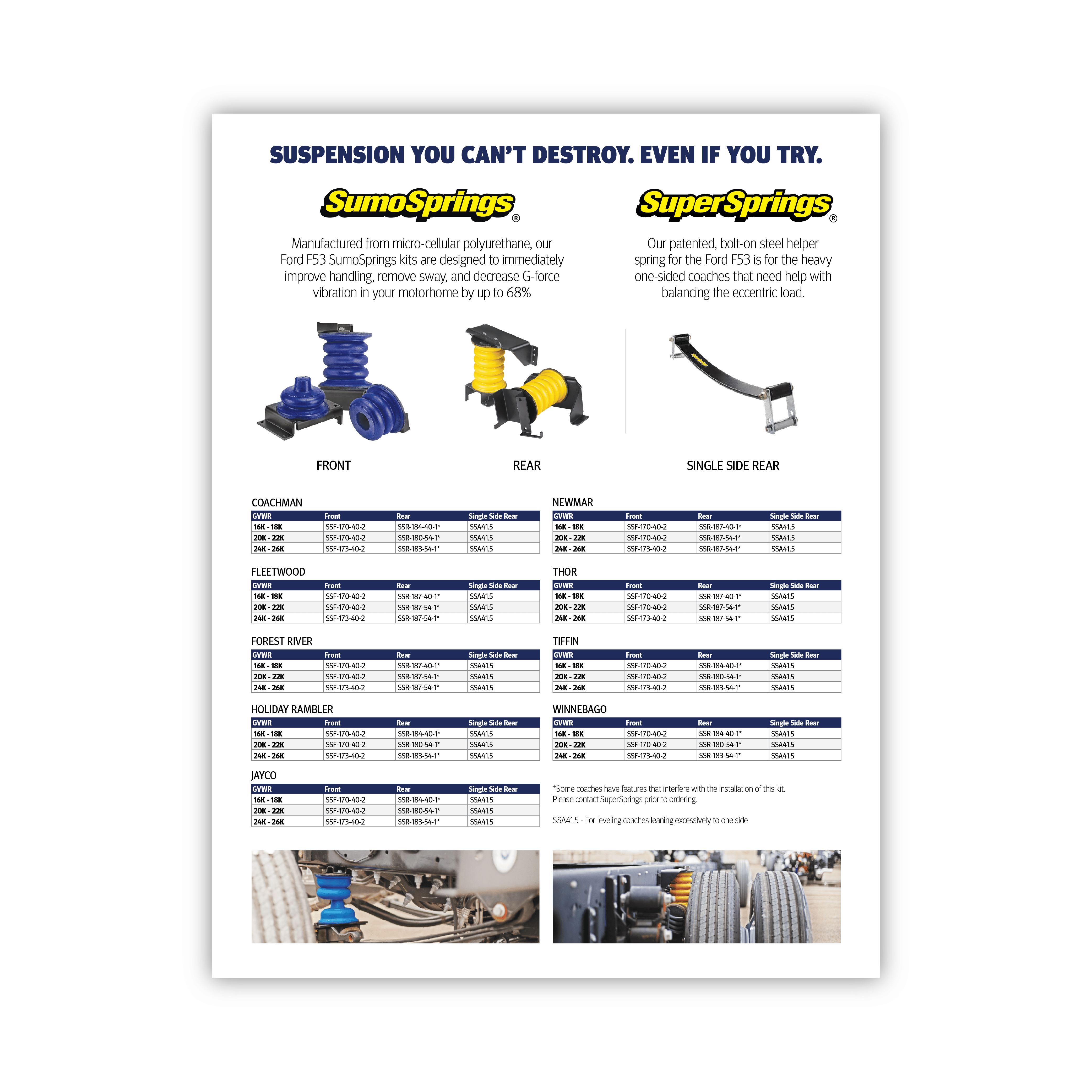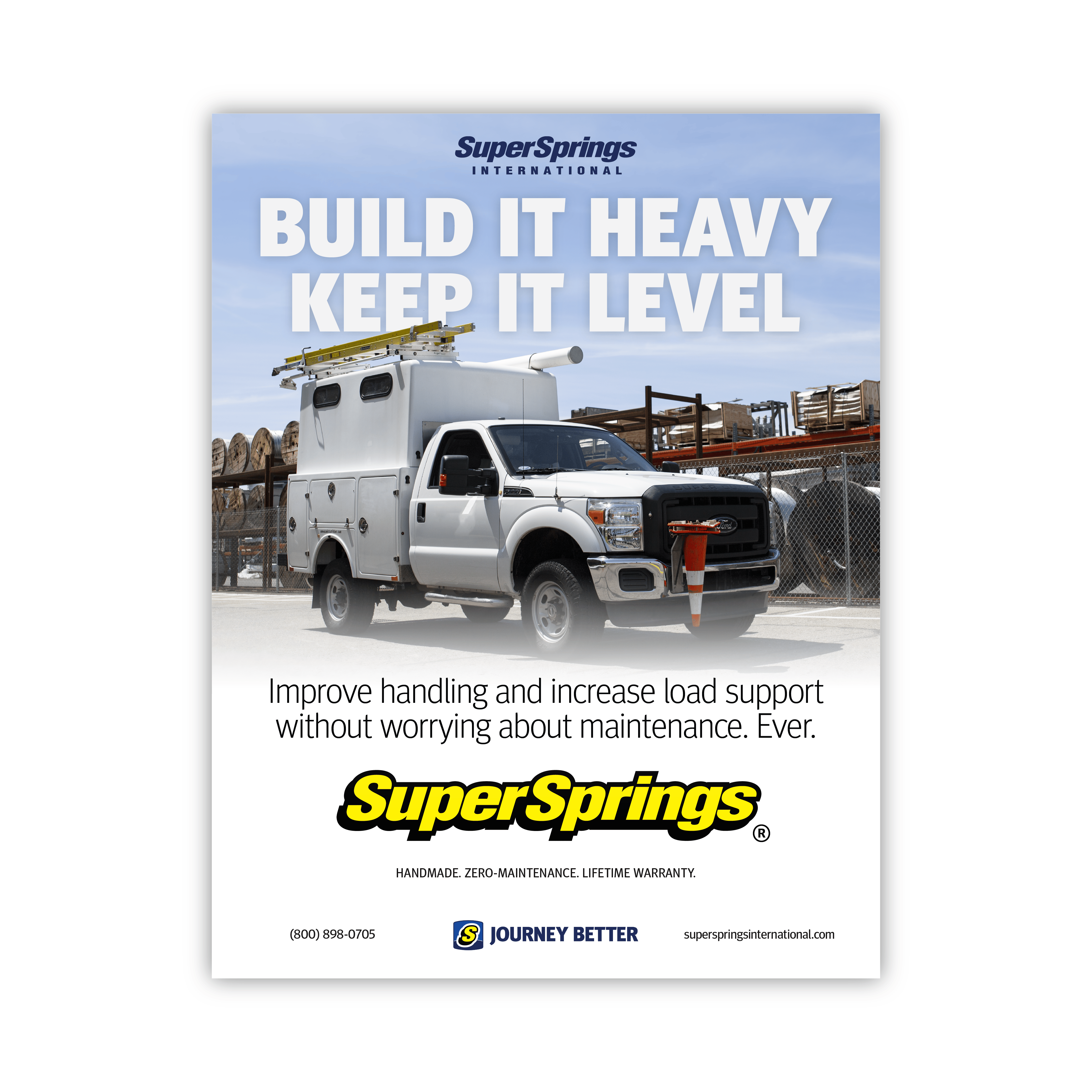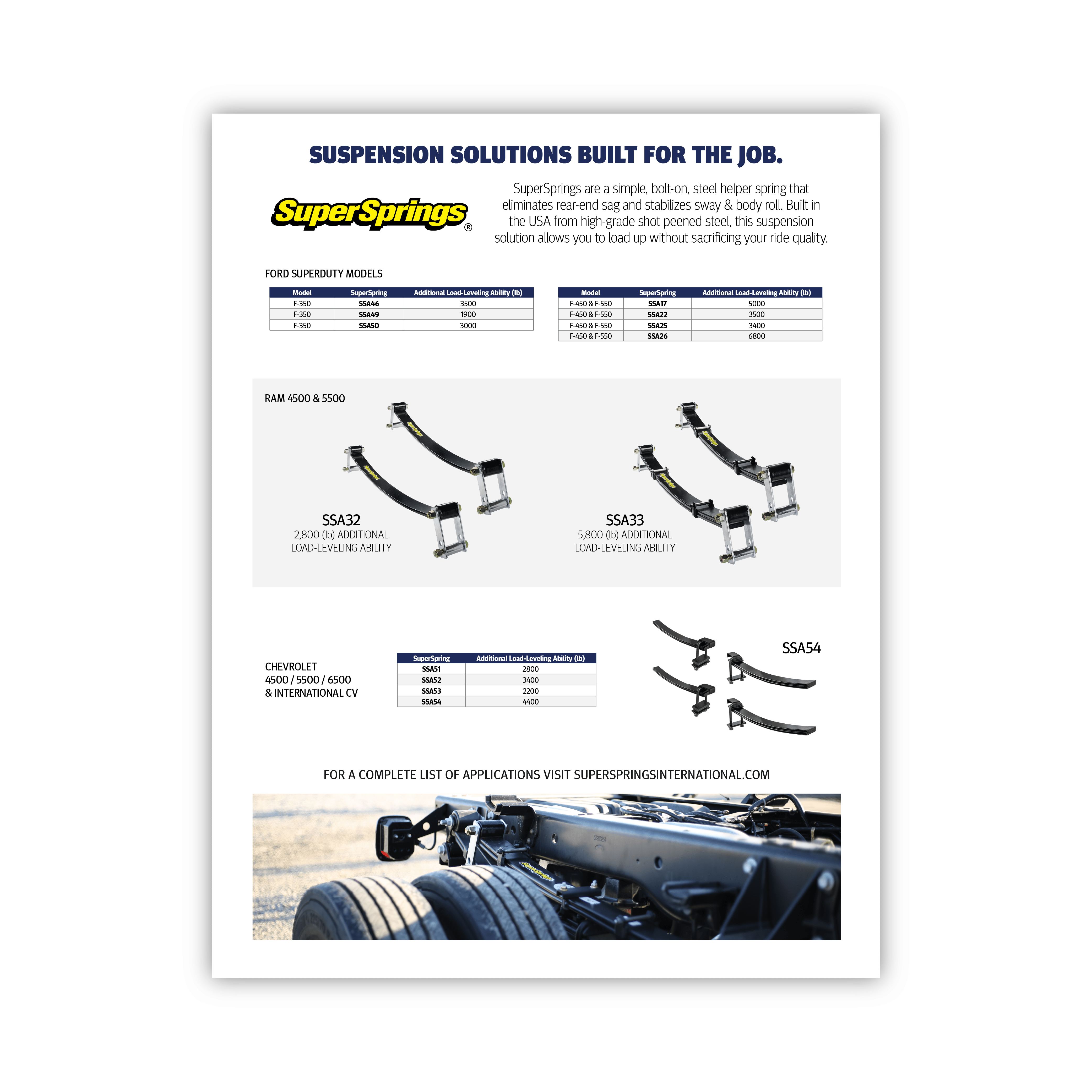Discovering the World of Overlanding
Overlanding is more than just a journey; it’s an adventure of epic proportions. It’s a form of travel that takes you off the beaten path, into the heart of nature, and often far away from the comforts of civilization. Whether you’re traversing deserts, crossing forests, or climbing mountains, overlanding allows you to experience the world in a way that few other forms of travel can match.
To fully embrace the lifestyle, you need more than just a sense of adventure. You need the right equipment and modifications to ensure your vehicle is up to the challenge. Let’s explore the five essential modifications you need to make for a successful overlanding experience.
All-Terrain Tires
When it comes to overlanding, your choice of tires can make or break the entire experience. Tires are the literal foundation of your overland journey, as they are the primary point of contact between your vehicle and the terrain. The right set of tires will not only provide excellent traction but also ensure your safety and the durability of your vehicle. Here’s what you need to consider:
Tire Type and Tread Pattern: Overlanding often involves traversing diverse terrains, from rocky trails to muddy paths and sandy deserts. To handle such conditions effectively, opt for all-terrain tires. These tires are designed with versatile tread patterns that provide a balance between off-road grip and on-road comfort. Look for tires with aggressive tread patterns featuring deep grooves and wide spacing to maximize traction and self-cleaning abilities.
Tire Size and Load Rating: The size and load rating of your tires play a critical role in your vehicle’s performance and safety. Choose a tire size that’s appropriate for your vehicle’s specifications, ensuring it fits without clearance issues. Additionally, consider the load rating (or weight-carrying capacity) of the tires, especially if you plan to carry heavy gear or passengers. Overloading tires can lead to premature wear and a compromised overlanding experience.
Puncture Resistance: Overlanding often involves encountering sharp rocks, branches, and other obstacles that can lead to punctures. Investing in tires with reinforced sidewalls and puncture-resistant technology can be a game-changer. These features add an extra layer of protection, reducing the risk of flats and blowouts.
Tire Pressure Monitoring System (TPMS): Overlanding frequently requires adjusting tire pressure to match different terrains. A TPMS can be invaluable in monitoring tire pressure and ensuring optimal performance and safety. Consider adding a TPMS to your vehicle’s setup for convenience and peace of mind.
Spare Tire: Don’t forget about the spare tire. Ensure it matches the quality and type of your primary tires. An inadequate spare tire can leave you stranded in remote areas. Additionally, make sure you have the necessary tools to change a tire, including a reliable jack and lug wrench.
Seasonal Considerations: Depending on your overlanding destinations and the time of year, you may encounter various weather conditions. If you plan to overland in snowy or icy regions, consider all-season or winter-rated tires with the appropriate traction certifications. Likewise, for hot and arid environments, tires with a high resistance to heat and UV exposure are essential.
Tire Maintenance: Regular tire maintenance is crucial for overlanding. Check your tire pressure before each trip, and carry a portable air compressor for adjustments on the go. Inspect tires for damage, such as cuts, punctures, or uneven wear, and replace them as needed to avoid potential issues during your journey.
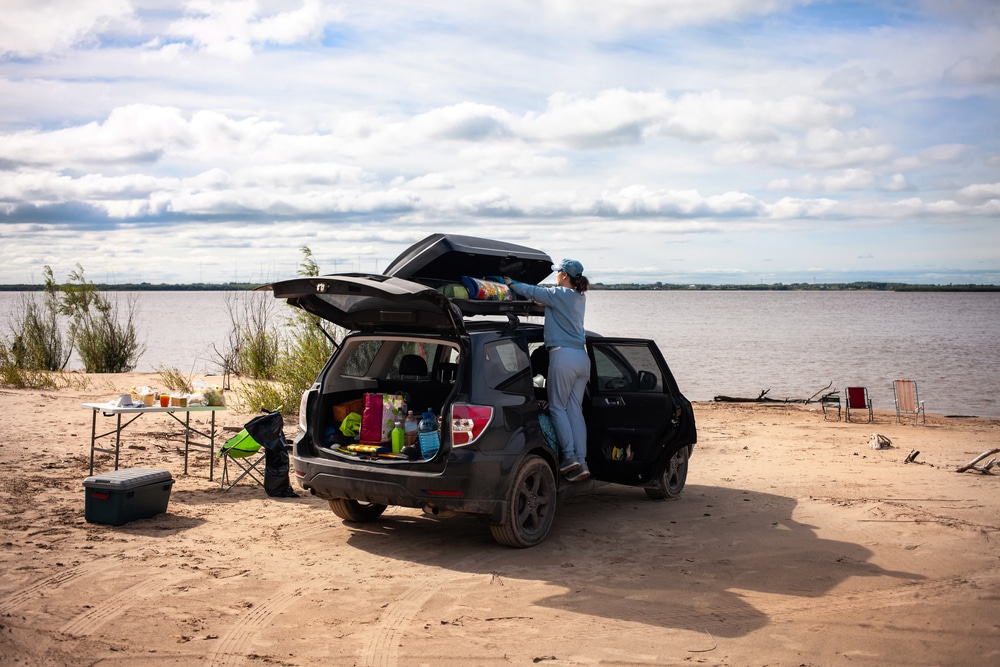
Sign Up for More Tips, Adventures, and Exclusive Offers
Embark on a better journey with SuperSprings International. Sign up for our newsletter to receive professional tips, product updates, and exclusive offers.
Roof Rack and Storage Solutions
Overlanding often requires carrying a substantial amount of gear and equipment, from camping essentials to recovery tools. To ensure that you have ample cargo space and keep the interior of your vehicle organized, investing in a roof rack and storage solutions is crucial. Here’s what you need to know:
Types of Roof Racks: Roof racks come in various designs and configurations to suit different needs:
- Crossbar Systems: These are the most common roof racks, consisting of two crossbars that run across the width of your vehicle’s roof. You can attach various accessories to these bars, such as cargo boxes, kayak mounts, and bike racks.
- Full-Length Roof Racks: These roof racks cover the entire roof of your vehicle, providing a larger and more versatile platform for securing gear. They are especially useful if you have a lot of equipment or a rooftop tent.
- Platform Roof Racks: Platform racks are like mini-decks on your roof, offering a flat surface for secure cargo attachment. They’re perfect for mounting larger items or creating a stable platform for rooftop tents.
Cargo Boxes and Baskets: Consider adding cargo boxes or baskets to your roof rack for secure and weather-resistant storage. Cargo boxes are enclosed and protect your gear from the elements, while baskets provide open storage for items like coolers, duffel bags, and firewood.
Rooftop Tents: If you plan on camping during your overlanding adventures, a rooftop tent can be a game-changer. These tents attach directly to your roof rack, providing a comfortable and elevated sleeping space. Make sure your roof rack can support the weight of the tent and occupants.
Awning Systems: Overlanding often involves unpredictable weather conditions. An awning attached to your roof rack can provide shelter from rain or harsh sunlight. It’s an excellent addition for creating an outdoor living space.
Weight Capacity: Be mindful of your roof rack’s weight capacity. It’s crucial not to overload it, as this can affect your vehicle’s handling and fuel efficiency. Check your vehicle’s manual for the manufacturer’s recommended roof weight limit.
Securing Your Gear: Use high-quality straps, tie-downs, and locks to secure your gear to the roof rack. Ensure that everything is tightly fastened to prevent items from shifting or becoming loose during off-road adventures.
Accessibility: Consider how easy it is to access your rooftop gear. Some roof racks feature swing-out designs or slide-out platforms for convenient access, even when you’re in remote locations.
Aerodynamics: Roof racks can affect your vehicle’s aerodynamics and fuel efficiency. If possible, choose a design that minimizes wind resistance and noise to enhance your driving experience.
Regular Maintenance: Inspect your roof rack regularly for signs of wear and tear, especially after off-road excursions. Lubricate moving parts, tighten bolts, and clean the roof rack to prevent rust and corrosion.
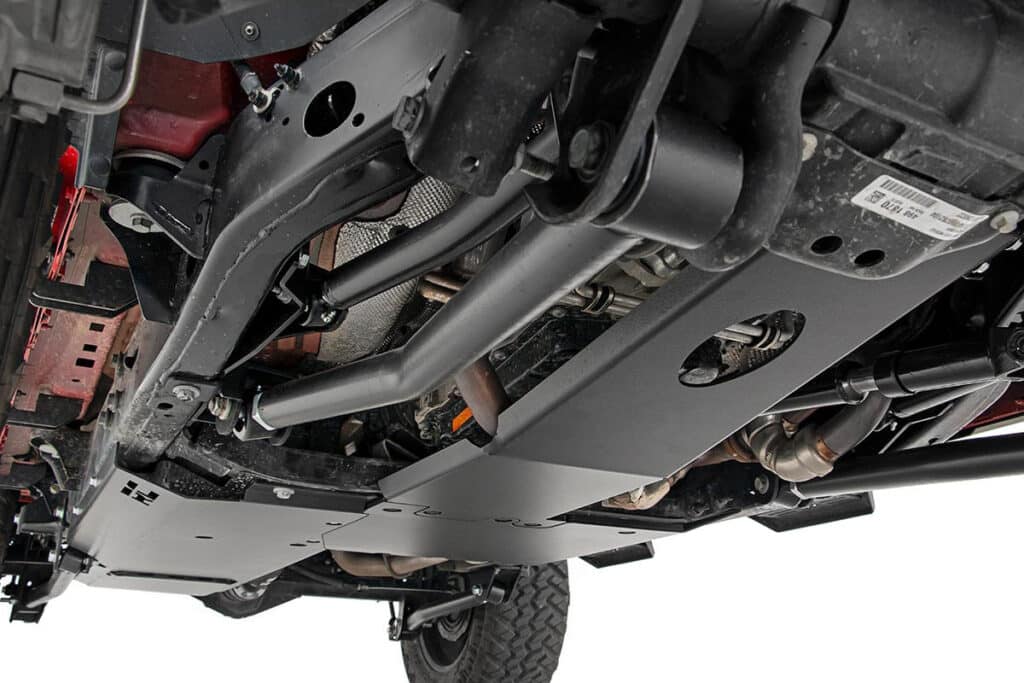
Skid Plates and Armor
Encountering rough and unpredictable terrain is part of the adventure. Rocks, tree roots, and other obstacles can pose a significant threat to your vehicle’s undercarriage. That’s where skid plates and armor come into play, serving as a protective shield for your essential components. Here’s what you need to know:
Types of Skid Plates: Skid plates come in various materials, including steel, aluminum, and composite materials. Steel plates are incredibly durable and can withstand heavy impacts, making them an excellent choice for rugged overlanding. Aluminum plates are lighter and offer good protection while reducing overall vehicle weight. Composite plates are a newer option, blending strength with lightweight characteristics. Choose a material that suits your vehicle’s requirements and your preferences for weight and durability.
Full Undercarriage Protection: To provide comprehensive protection, consider a full set of skid plates that cover the entire undercarriage, including the engine, transmission, transfer case, and fuel tank. These components are vulnerable to damage when navigating rocky or uneven terrain, and skid plates act as a buffer against impacts.
Easy Installation: Look for skid plates that are designed for straightforward installation, either as a DIY project or by a professional. Bolt-on options are generally easier to install and remove when needed for maintenance.
Modular Systems: Some manufacturers offer modular skid plate systems, allowing you to customize your protection based on your vehicle’s specific needs. This flexibility ensures that you’re not adding unnecessary weight while still safeguarding critical areas.
Strength and Durability: Overlanding often involves traveling long distances and encountering challenging conditions. Ensure that your skid plates are constructed from high-quality materials that can withstand repeated impacts without bending or cracking. Skimping on quality may result in expensive repairs down the road.
Maintenance Access: While skid plates offer protection, they should also allow easy access to vital components for maintenance. Ensure that your chosen skid plate system doesn’t impede oil changes, fluid checks, or other routine tasks.
Safeguarding Other Vulnerable Areas: Beyond skid plates, consider adding additional armor to protect other vulnerable areas of your vehicle. Rock sliders, for example, shield your vehicle’s sides from damage when traversing rocky terrain or obstacles. Tailgate protectors can prevent damage when navigating steep descents.
Weight Considerations: While protection is crucial, keep in mind that adding heavy armor and skid plates can affect your vehicle’s performance and fuel efficiency. Balance protection with the added weight to ensure your vehicle remains capable and efficient.
Customization: Overlanding vehicles come in various shapes and sizes. Depending on your vehicle’s make and model, you may need custom skid plates and armor to ensure a perfect fit. Consult with manufacturers or experts to find suitable options for your specific vehicle.
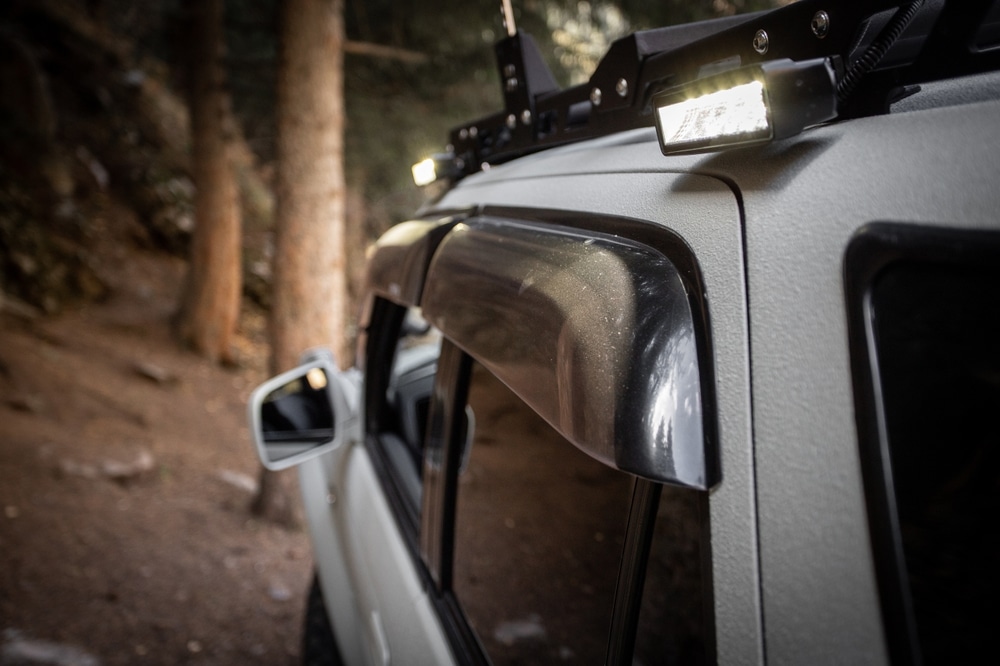
Auxiliary Lighting
When the sun sets and you find yourself on remote trails or in the heart of the wilderness during your overlanding journeys, having the right auxiliary lighting is not just a luxury but a necessity. Proper illumination enhances safety, visibility, and overall enjoyment during night-time off-roading. Here’s what you need to consider when selecting auxiliary lighting:
Types of Auxiliary Lights: There are various types of auxiliary lights designed for specific purposes:
- LED Light Bars: LED light bars offer wide and far-reaching illumination, making them ideal for lighting up the trail ahead. They come in various lengths to suit your needs, from compact options for smaller vehicles to longer bars for larger rigs.
- Spotlights: Spotlights provide concentrated, long-distance lighting, perfect for spotting obstacles and wildlife further down the path.
- Floodlights: Floodlights produce a wide and even beam of light, illuminating a larger area in front of your vehicle. They are helpful for peripheral visibility.
- Driving Lights: Driving lights offer a balanced combination of spot and flood patterns, providing a good compromise for general off-road use.
Lighting Placement: The placement of your auxiliary lights matters. Roof-mounted light bars are common and offer a clear, unobstructed view of the trail. Bumper-mounted lights can be useful for lower illumination and reduced glare.
Light Output and Lumens: Pay attention to the light output, measured in lumens, when selecting auxiliary lights. Higher lumens indicate brighter lights. However, balance is key—excessive brightness can blind other drivers or create excessive glare on reflective surfaces.
Beam Patterns: Consider the beam pattern of your lights. Spotlights are excellent for long-distance visibility, while floodlights are better for peripheral lighting. Combining both can provide a versatile lighting setup.
LED vs. Halogen: LED lights are the preferred choice for overlanding due to their durability, energy efficiency, and longevity. They also produce less heat compared to halogen lights, reducing the risk of damage to nearby components.
Light Mounting and Wiring: Properly mounting and wiring your auxiliary lights is crucial for safety and performance. Ensure they are securely attached to your vehicle to withstand off-road vibrations and impacts. Pay attention to the quality of wiring and connectors to avoid electrical issues.
Switching and Controls: Install an easy-to-access switch panel or controller for your auxiliary lights. This allows you to turn them on and off as needed without fumbling for switches in the dark.
Regulations and Laws: Be aware of local regulations and laws regarding auxiliary lighting, as they can vary by region. Some areas may have restrictions on the color, brightness, and positioning of additional lights.
Maintenance: Regularly check and clean your auxiliary lights to ensure they function correctly. Clean lenses and reflectors to prevent reduced output due to dirt and debris buildup.
Redundancy: In remote areas, it’s wise to have redundancy in your lighting setup. Carry spare bulbs, fuses, and a flashlight in case of unexpected failures.
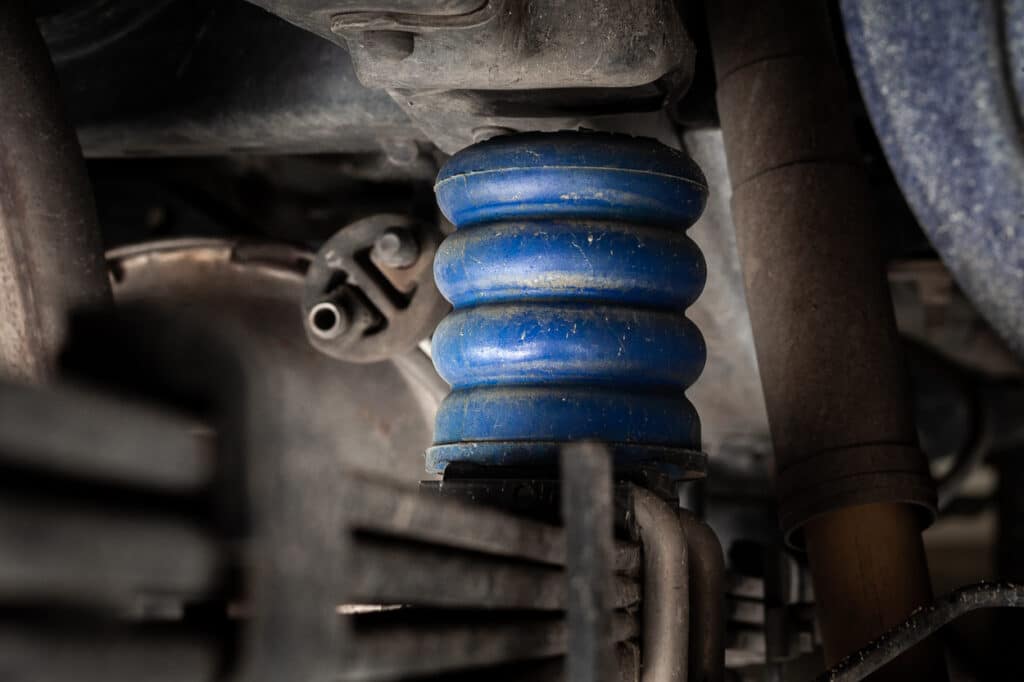
SumoSprings
Your vehicle’s suspension not only affects comfort but also impacts your off-road performance, load-carrying capability, and overall handling. SumoSprings, as the first and most critical modification, can significantly enhance your overlanding experience. Here’s why they are an indispensable upgrade:
What Are SumoSprings?: SumoSprings are advanced suspension enhancements designed to improve the ride quality, stability, and load-carrying capacity of your vehicle. They are made from a proprietary micro-cellular urethane material, which combines the best features of both air springs and traditional coil springs.
Load-Leveling and Load Support: Overlanding often involves carrying heavy loads, from camping gear and supplies to rooftop tents and recovery equipment. SumoSprings provide load-leveling support, helping your vehicle maintain a level stance and preventing sagging, even when you’re carrying a substantial payload.
Enhanced Comfort: SumoSprings enhance your vehicle’s suspension by absorbing shocks and vibrations from rough terrain, gravel roads, and potholes. This results in a smoother, more comfortable ride, reducing driver fatigue during long journeys.
Improved Stability: When navigating uneven terrain or challenging off-road trails, vehicle stability is crucial. SumoSprings reduce body roll and sway, providing improved stability and control, especially during sharp turns or while traversing side slopes.
Easy Installation: SumoSprings are designed for straightforward installation, making them accessible for DIY enthusiasts. They require no special tools or extensive modifications to your vehicle. You can install them with minimal effort, reducing downtime before your next adventure.
Maintenance-Free: Unlike air springs that may require occasional adjustments, SumoSprings are virtually maintenance-free. Once installed, you can trust them to perform consistently without the need for constant monitoring or adjustments.
Durability: SumoSprings are built to withstand the rigors of off-roading and overlanding. They resist damage from UV exposure, chemicals, and extreme temperatures, ensuring they maintain their performance over time.
No Air Compressor Required: Unlike air suspension systems, SumoSprings don’t rely on air compressors, valves, or complex components that can fail in remote locations. This means you can count on consistent performance without the risk of air leaks.
Customization: SumoSprings are available in various configurations to match different vehicle types and applications. Whether you drive a truck, SUV, or van, there’s likely a SumoSprings product tailored to your needs.
Smooth Transition: SumoSprings offer a smooth and progressive spring rate, allowing your vehicle to handle both on-road and off-road conditions with ease. This means you don’t sacrifice comfort for off-road capability.
With these essential upgrades, you’ll be well-equipped to tackle challenging terrain and embark on unforgettable overlanding journeys. Safe travels, and may your overlanding adventures be filled with excitement and exploration!


